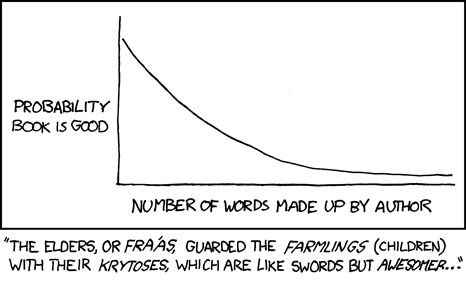Anti-Latin P.C. poppycock
Robert James Hargrave has pointed out to Language Log that several regional councils in England are prohibiting their employees from using "elitist" Latinate phrases like "bona fide" or "vice versa" The Daily Telegraph has an article about it. I quote:
Bournemouth Council, which has the Latin motto Pulchritudo et Salubritas, meaning beauty and health, has listed 19 terms it no longer considers acceptable for use.
This includes bona fide, eg (exempli gratia), prima facie, ad lib or ad libitum, etc or et cetera, ie or id est, inter alia, NB or nota bene, per, per se, pro rata, quid pro quo, vis-a-vis, vice versa and even via.
Its list of more verbose alternatives, includes "for this special purpose", in place of ad hoc and "existing condition" or "state of things", instead of status quo.
In instructions to staff, the council said: "Not everyone knows Latin. Many readers do not have English as their first language so using Latin can be particularly difficult."
Read the rest of this entry »

